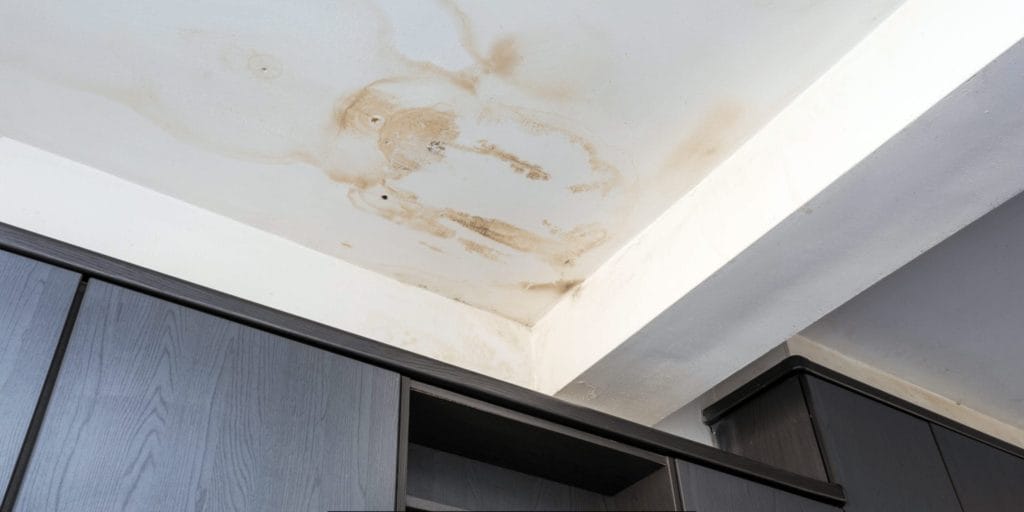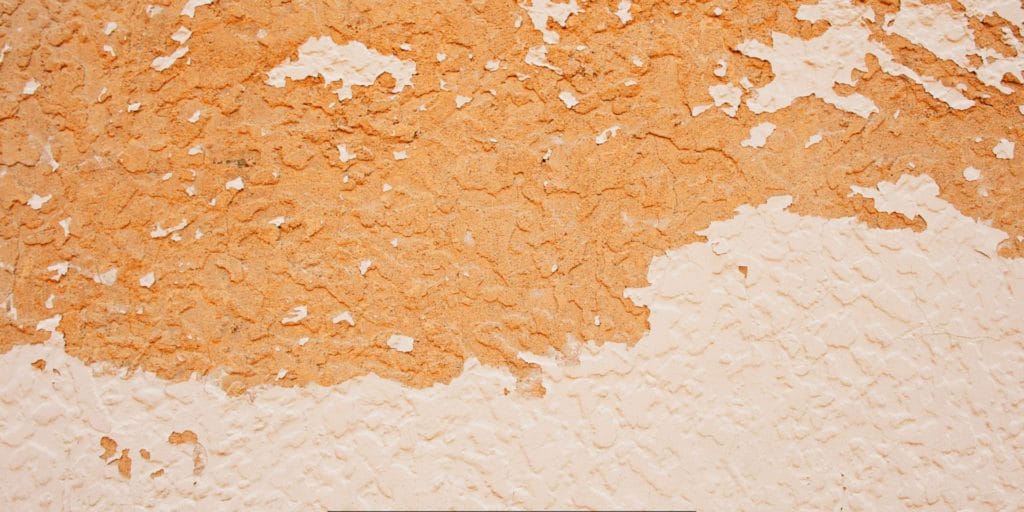Introduction
While painting a stucco ceiling may sound like a daunting task, with the proper method and materials, anyone can take it on. Stucco ceilings are a slightly different story than drywall in preparation and painting. That will make your ceiling appear like it has been newly painted and add a decorative element to your room.
Assess the Stucco Condition
Take a walk around your stucco ceiling and look for any cracks, peel paint, efflorescence, or any signs of water damage before you paint. It would be wise to fix all the problems with the surface so that you do not have any underlying problem that affects the outcome. Fill medium to large seams with stucco patch compounds and small seams with caulking.

Clean the Ceiling
Wash the stucco down properly using TSP (trisodium phosphate) or a stucco cleaning solution if available. This also helps wash off any dirt, grease, or chalky material that may have been on the surface. You may need a stiff bristle brush for scrubbing. On the other hand, you may need a stiff bristle brush for scrubbing. Do not wipe off the surface; let air dry
before applying any primer or paint on the surface. When cleaning, make sure to wear protective glasses and rubber gloves.
Apply Primer
Sealing helps the paint bond well on the textured and porous stucco surface, hence the need for priming. Employ an alkali-resistant acrylic or PVA masonry primer, which is appropriate for the surface to be painted. Roller application should use long ‘W’ pattern strokes to ensure the primer gets into grooves. Ensure that you get to corners and edges. Understand the time the manufacturer recommends when it comes to drying the surface before the next painting stage.
Use Quality Stucco Paint
Choose a 100% acrylic latex paint suitable for stucco and masonry to achieve the best results and long-lasting protection. Do not go for a high sheen; eggshell or satin sheen are easier to clean and spot for retouching. It is advised to buy enough paint for the whole project to minimize the chances of using different batches of paint for various project sections. It is recommended to always mix multiple containers of the same color.
Cut In the Edges
With a narrower brush, delicately draw a line along the edge of the ceiling and the walls, known as cutting in. Ceilings should be painted using a color close to the walls, and the paint should just touch the wall paint. This reduces the likelihood of paint bleeding along the edges of walls or where there is a separation between two different colors. Spend some time to make the edges clean.
Roll On Paint
When the desired color is ready, pour it into a paint tray and dip the roller in it until it is soaked with paint. Paint in 3’ x 3’ squares in a ‘W’ pattern and ensure the brush marks are placed on top of each other for uniformity. It is also essential to periodically reapply paint on the roller to minimize the amount of paint drip. When working with textured surfaces, the ¾” nap roller is ideal for pickup and release of the paint.
Avoid Lap Marks
Lap marks should be avoided, and to do this, the surface should be kept wet by brushing back into the area that has only partially dried. Paint in segments while gradually ensuring that you are moving towards the door so that you do not end up being trapped inside the room. Paint from end to end and not around the edges to avoid creating lap marks in the center.
Watch Paint Consumption
Stucco is a bit rougher than other drywall; this means it will need more paint compared to other less textured drywall. Stock more paint than you expect to use in a day so that if you exhaust the paint, you will not be forced to go out again. Monitor consumption so that there is sufficient paint remaining for a second coat and a few touch-ups. It is recommended that between successive coats one should wait for at least two hours.

Apply Second Coat
It is recommended to apply a second layer once the first layer of paint is dry to create a complete and even coat. Applying the first coat of paint is the same as the second coat of paint. It also aids in filling up thoroughly and gives protection in the subsequent coat. Check for any areas that may be thin on coverage and treat them, if necessary, before proceeding.
Clean Up Promptly
If the paint has not had time to dry, remove it with a damp cloth or paint brush when it is still wet. When working with acrylic paints, it is advisable to clean hands, brushes, and rollers with soapy water as soon as possible because the paint dries quickly. Ensure compliance with the manufacturer’s instructions on storage and disposal of cleaning liquids.
Keeping the above-discussed points in mind, one can follow these tips for painting stucco ceilings:
– In case the ceiling is high, it is advisable to use a roller extender pole.
– Start painting close to the wall or a source of light; paint away from the wall
– Paint should ideally be applied during moderate temperatures ranging from 50-90 degrees Fahrenheit.
– Work in ventilation masks to avoid any form of dust intake
– Use a small trim brush for cutting in edges and corners
– Often roll off excess paint from the roller to avoid the formation of droplets.
Conclusion
To paint a stucco ceiling, one is required to make the proper preparations, choose the correct type of paint, the right tools, and apply the appropriate techniques and even an amateur painter can achieve professional looking results. Taking time to evaluate the condition of the surface, washing the surface properly, the use of high-quality acrylic stucco paint, paint application and good painting practices will help to give a ceiling that you will always admire. Ensure that you involve an assistant when there are tall ceilings.
